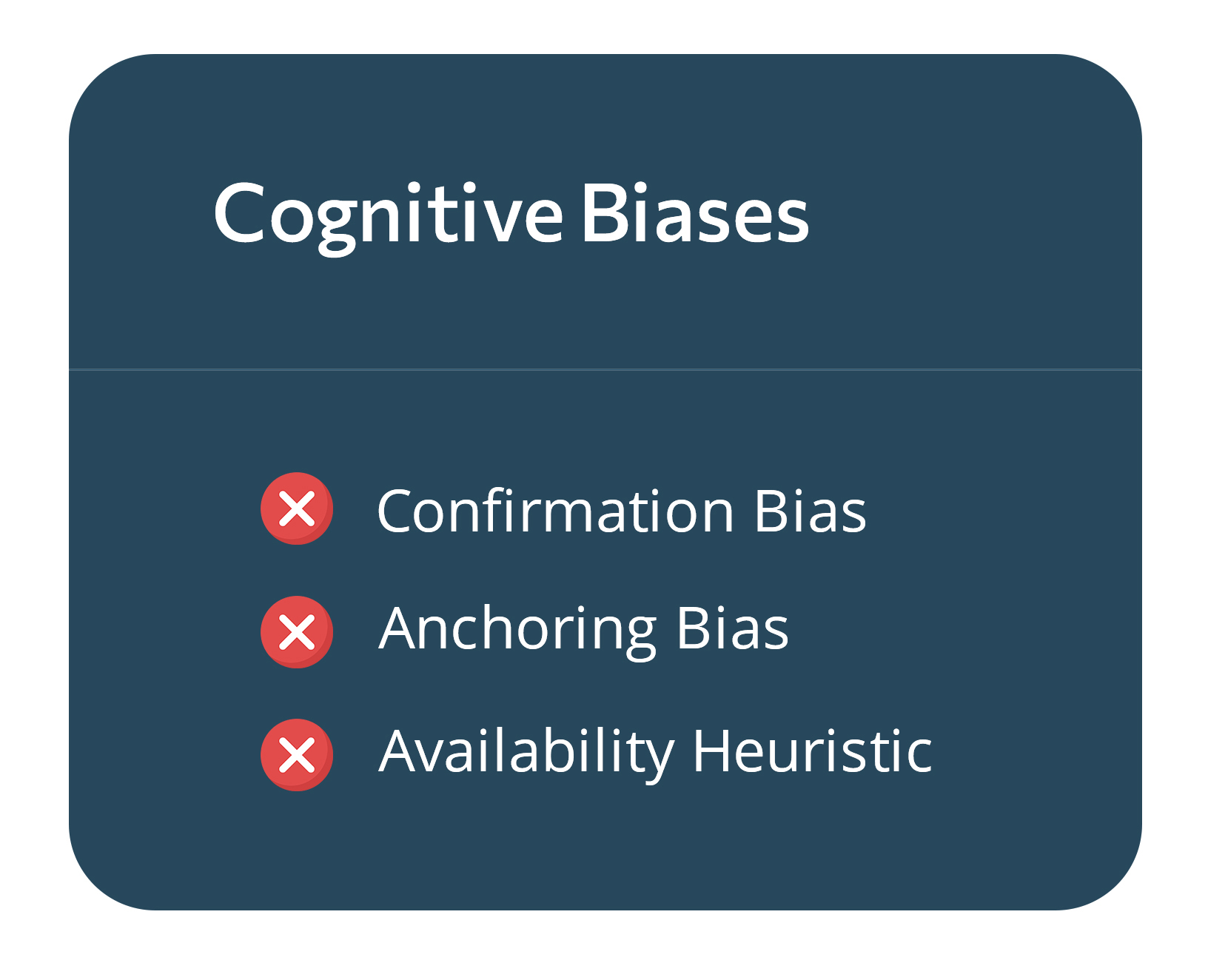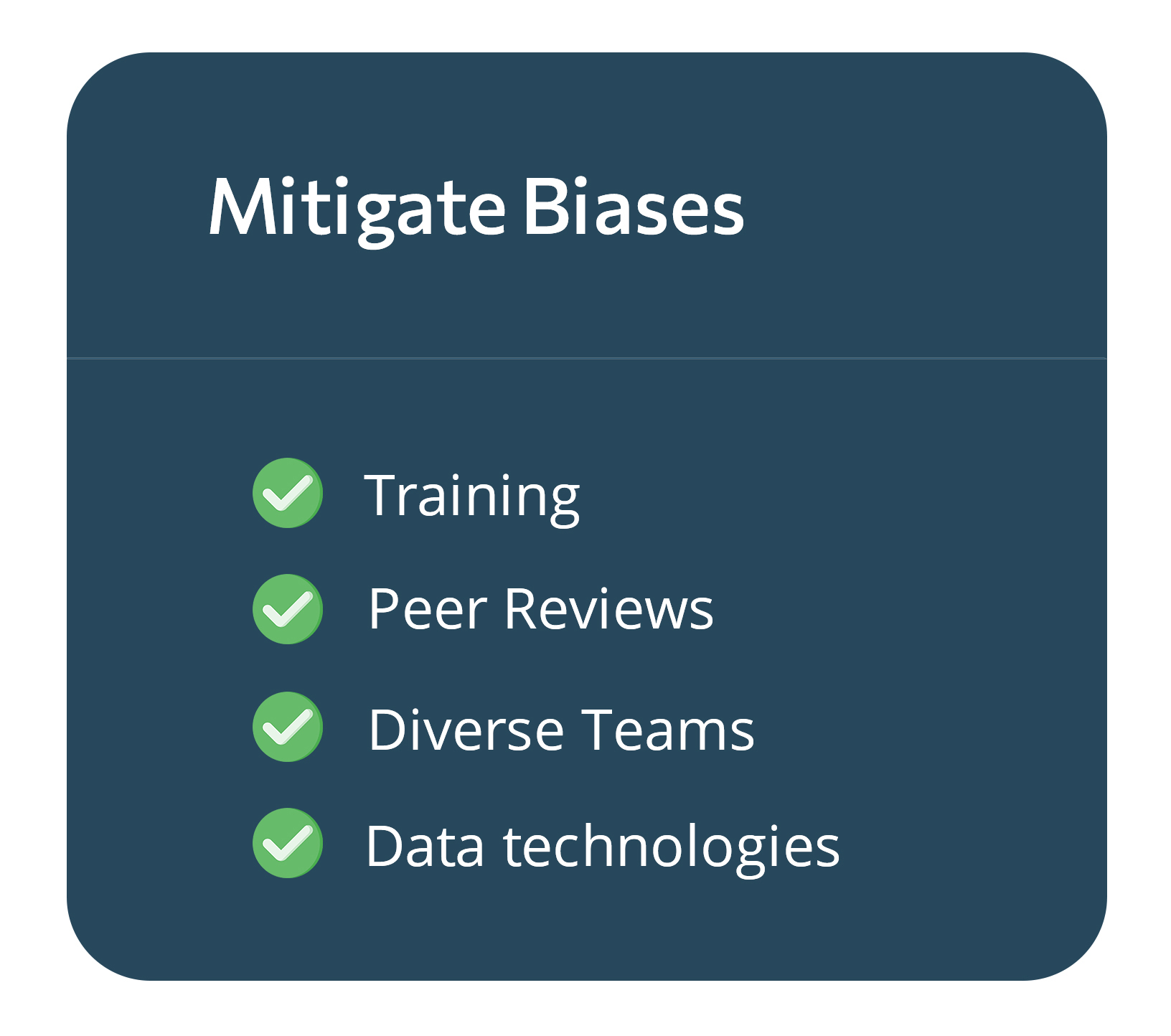The Muscle Memory of an Underwriter

Underwriting in group health insurance is both a science and an art.
The seasoned intuition, or “muscle memory,” developed by underwriters through their experiences plays a crucial role in risk assessment. This article explores how past experiences shape underwriting decisions and how to balance these instincts with data-driven approaches.
Understanding Muscle Memory in Underwriting
Muscle memory, a term often used in sports and physical activities, refers to the way repetitive practice helps develop intuitive responses. In underwriting, muscle memory manifests as the instincts and judgments underwriters develop over time based on their experiences with similar groups. These instincts can significantly influence risk assessment, often subconsciously.
Influence of Past Experiences
Market Bias
Underwriters develop specific perceptions based on their experience in different markets. For instance, an underwriter might be more cautious in a market with historically high claims, like a region known for higher healthcare costs.
Group Size Perception
The size of a group can influence risk perception. Larger groups might be seen as more stable, while smaller groups might be viewed as riskier due to less predictability. An underwriter might have more confidence in a 1,000-employee manufacturing firm than a 20-employee tech startup. Good thing is that most underwriting teams have trained team members that focus on group sizes.
-
- Within Small Groups : In small groups, an underwriter’s experience with similar demographics or industries can heavily influence their decisions. For example, an underwriter who has repeatedly seen high claims in small marketing firms might be overly cautious with a new, small marketing firm applicant, even if the specific circumstances differ.
- Large Groups: In large groups, underwriters might rely on past experiences with similar-sized entities. For instance, if they have found large retail chains to be stable, they might approach a new large retail chain with a more favorable outlook, potentially overlooking unique risk factors specific to the new group.
Product Type Leanings
Different products, like PPOs and HMOs, come with their own set of assumptions and biases. For example, an underwriter who had issues with high claim volumes in PPO plans might be more cautious when underwriting a new PPO product.
Experiences with Specific Brokers
Underwriters often develop a muscle memory for working with certain brokers. For example, if an underwriter has a history of accurate and detailed submissions from a particular broker, they might trust future submissions more readily. Conversely, if a broker has a history of incomplete or inaccurate submissions, the underwriter might scrutinize their submissions more closely, impacting the overall risk assessment process.
Benefits and Potential Pitfalls of Experience-Based Biases
Experiences and biases developed through years of underwriting can be incredibly beneficial. These instincts help underwriters quickly identify potential risks and make informed decisions based on patterns they’ve observed over time.
For example, an underwriter who has consistently seen high claims in specific regions can use this knowledge to apply more stringent risk assessments in those areas, potentially saving the company from unexpected high payouts.
However, these same biases can become problematic when they lead to overly conservative or overly lenient underwriting practices. For instance, being too cautious in historically high-claim markets might result in missed business opportunities. Conversely, having too much confidence in large groups’ stability might overlook emerging risks specific to those groups. The key is to recognize when these biases serve the decision-making process and when they might need to be balanced with fresh data and objective analysis.
Consider an underwriter who had several negative experiences with small tech startups due to high turnover and fluctuating claims. This history might lead them to overestimate risk for similar new clients, potentially leading to missed opportunities.
In another scenario, an underwriter who saw success with manufacturing firms in the Midwest might be more optimistic about similar firms, even if market conditions have changed.
Balancing Data and Intuition
While experience is invaluable, relying solely on intuition can introduce biases. Modern underwriting increasingly leverages data analytics and machine learning to provide objective insights. For instance, predictive models can identify risk factors that human intuition might overlook, ensuring a more balanced approach.
Recognizing and Mitigating Biases
Underwriters are susceptible to cognitive biases such as:
-
- Confirmation Bias: Favoring information that supports pre-existing beliefs. For example, if an underwriter believes that small businesses in rural areas are high risk, they might focus on data that supports this view and overlook contradictory information.
- Availability Heuristic: Overestimating the likelihood of events based on recent experiences. An underwriter might overestimate the risk of high claims if they recently dealt with a few high-cost cases, regardless of the actual statistical likelihood.
- Anchoring Bias: Relying too heavily on the first piece of information encountered. An underwriter might give undue weight to the first quote they receive when assessing a new group, even if subsequent data suggests a different risk level.

To mitigate these biases:
-
- Training: Regular training sessions on cognitive biases can help underwriters recognize and counteract their own biases. For instance, workshops on how biases impact decision-making can provide practical strategies to stay objective.
- Peer Reviews: Collaborative decision-making and peer reviews can provide multiple perspectives, helping to catch biases and ensure more balanced decisions. Regularly scheduled review meetings where underwriters present and discuss their cases can be highly beneficial.
- Diverse Teams: Leveraging diverse teams to bring various viewpoints can counteract individual biases. Teams with varied backgrounds, experiences, and expertise can provide a richer analysis and more comprehensive risk assessment.
- Data technologies: We live in a world where we are made deaf with data overload. Implementing technologies like UWDataHub can support organizing the data for each group and provide the insights where you need them and when you need them.

Tackling Spatial Disorientation in Underwriting
In the competitive era where target loss ratios and enrollment pressures are at constant tension, the underwriter’s output is constantly under conscious or subconscious review. The key for an underwriter is to become trained in balancing their experience with data and use tools to show them data appropriately. Much like pilots experiencing spatial disorientation, underwriters can sometimes misinterpret critical information due to their “muscle memory.” This can lead to missing potentially useful data.
For example, an underwriter might be so focused on past experiences with high-risk small businesses in urban areas that they overlook new data indicating a decrease in healthcare costs in those areas due to recent improvements in local healthcare infrastructure. Just as pilots are trained to rely on their instruments, underwriters should learn to balance their instincts with fresh data, ensuring a more accurate and comprehensive risk assessment.
The muscle memory of underwriting, built through years of experience, is invaluable. However, balancing these instincts with data-driven insights is crucial to avoid biases and enhance accuracy. Underwriters should embrace continuous learning and leverage modern technologies to refine their craft, ensuring they remain adept in a rapidly evolving industry.
By blending experience with innovation, underwriters can improve their risk assessments, offering more precise and competitive group health insurance solutions.
